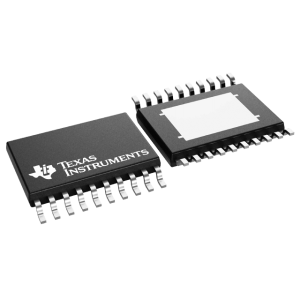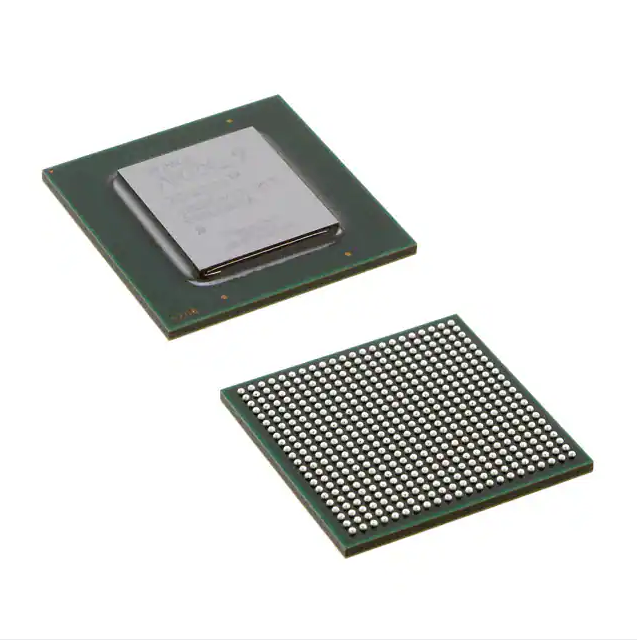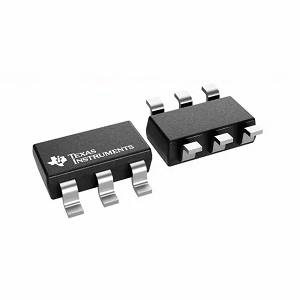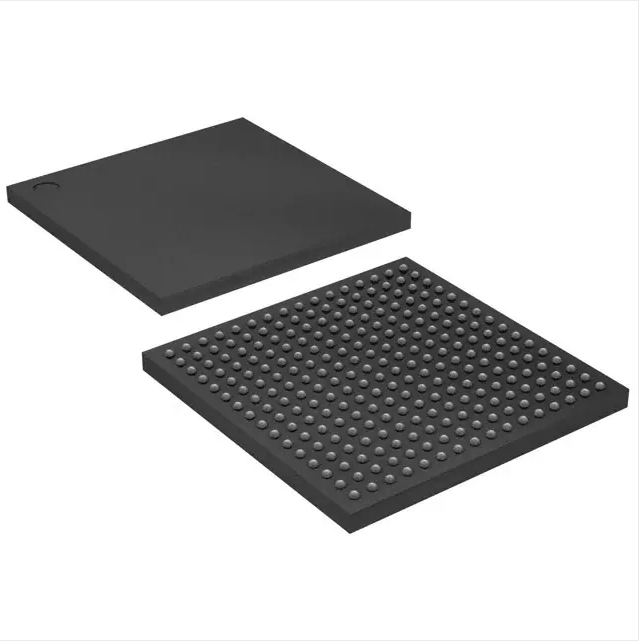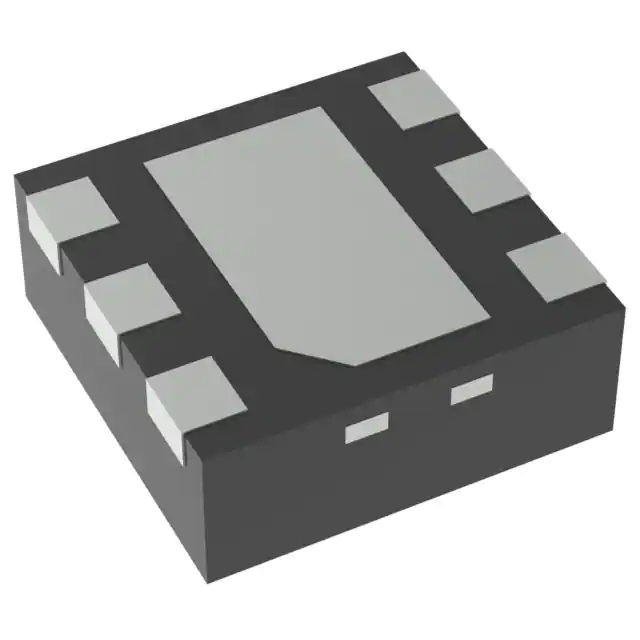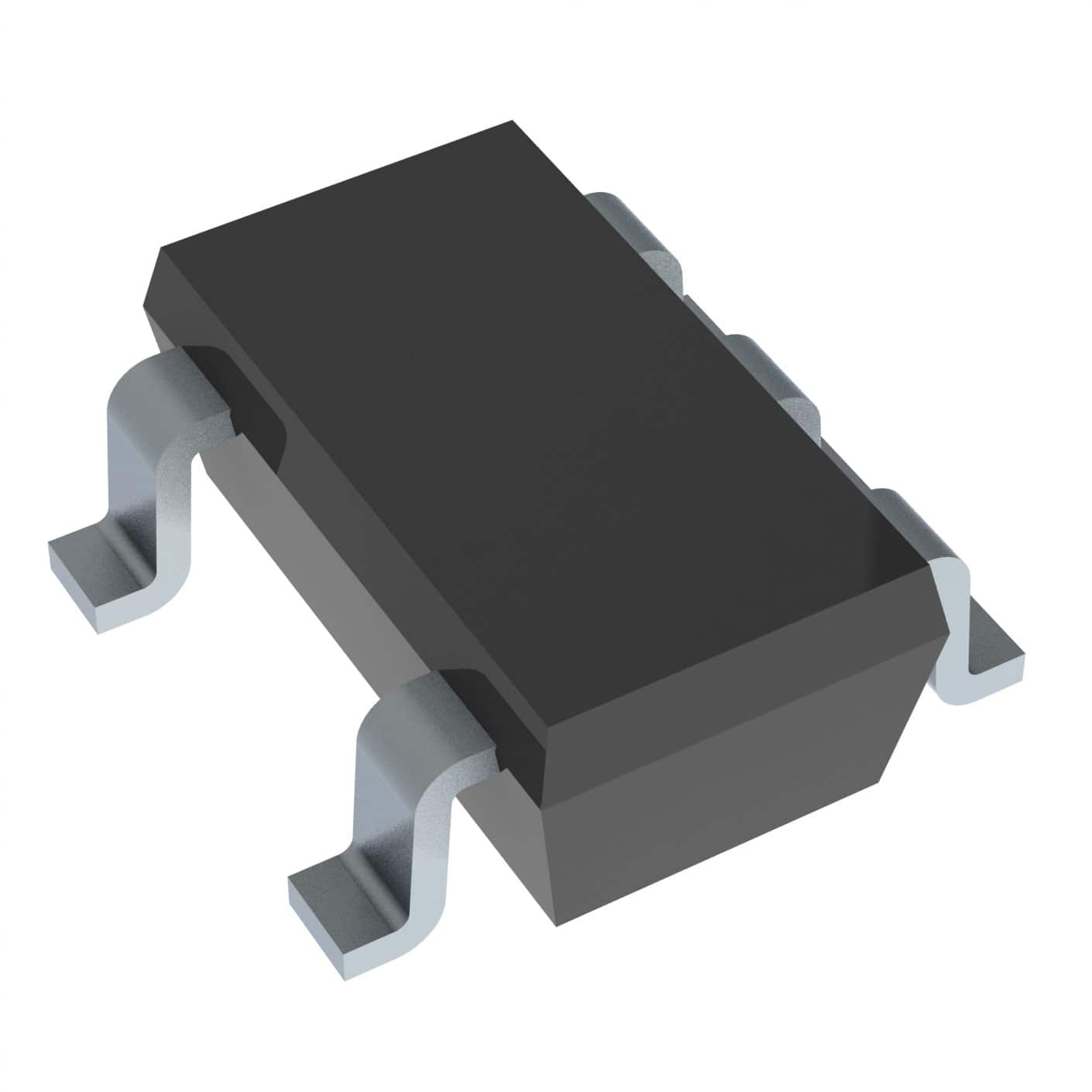New Original LM25118Q1MH/NOPB Integrated Circuit IC REG CTRLR BUCK 20TSSOP Ic Chip LM25118Q1MH/NOPB
Product Attributes
| TYPE | DESCRIPTION |
| Category | Integrated Circuits (ICs) |
| Mfr | Texas Instruments |
| Series | Automotive, AEC-Q100 |
| Package | Tube |
| SPQ | 73 Tube |
| Product Status | Active |
| Output Type | Transistor Driver |
| Function | Step-Up, Step-Down |
| Output Configuration | Positive |
| Topology | Buck, Boost |
| Number of Outputs | 1 |
| Output Phases | 1 |
| Voltage - Supply (Vcc/Vdd) | 3V ~ 42V |
| Frequency - Switching | Up to 500kHz |
| Duty Cycle (Max) | 75% |
| Synchronous Rectifier | No |
| Clock Sync | Yes |
| Serial Interfaces | - |
| Control Features | Enable, Frequency Control, Ramp, Soft Start |
| Operating Temperature | -40°C ~ 125°C (TJ) |
| Mounting Type | Surface Mount |
| Package / Case | 20-PowerTSSOP (0.173", 4.40mm Width) |
| Supplier Device Package | 20-HTSSOP |
| Base Product Number | LM25118 |
1. Synchronous bucking
Advantages.
High efficiency: the internal resistance of the mos tube is very small and the on-state voltage drop is much smaller than the forward Cosmos voltage drop of the Schottky diode.
Disadvantages.
Insufficient stability: need to design the drive circuit, and avoid the upper and lower tube on at the same time, the circuit is more complex, resulting in insufficient stability
2. non-synchronous buck
Advantages.
Low efficiency: Schottky diode voltage drop is large, relative to the power consumption generated by the mos tube
Disadvantages.
High stability: there will be no simultaneous conduction of the upper and lower tubes.
1: PFM (pulse frequency modulation method)
Switching pulse width is certain, by changing the frequency of the pulse output, the output voltage is stabilized. of control type has the advantage of low power consumption even when used for a long time, especially at small loads.
2: PWM (Pulse Width Modulation)
The PWM control type is highly efficient and has good output voltage ripple and noise.
To summarise: In general, the performance differences between DC-DC converters with two different modulation methods, PFM and PWM, are as follows.
PWM frequency, PFM duty cycle selection method. PWM/PFM conversion type PFM control at small loads and automatic switch to PWM control at heavy loads.
3.
What is the difference between synchronous boost ICs and asynchronous boost ICs?
The main difference between synchronous boost ICs and asynchronous boosts is the difference in rectification methods.
The synchronous boost IC circuit uses MOS because MOS tubes have extremely low internal resistance in the open state and the losses in the rectification process are extremely low, so the efficiency of synchronous boost is high and the heat generation is low. It can be used for high-power boost applications.
Asynchronous boost IC circuits use diodes for rectification. Diodes have a junction voltage drop in the rectification process. The higher the current in the rectification process, the higher the losses. Usually, the power cannot be high power.






.png)
-300x300.png)
